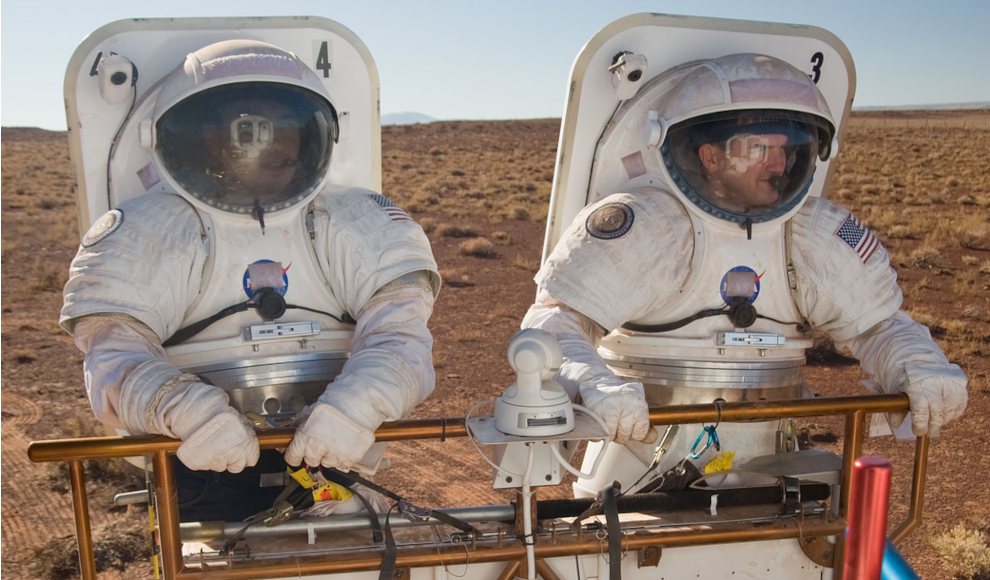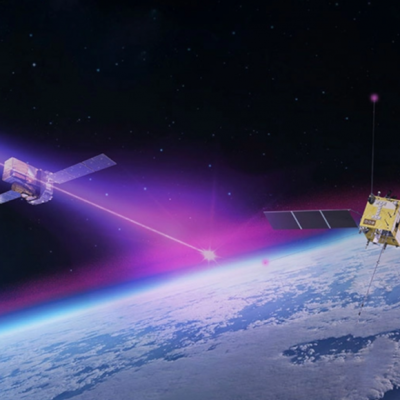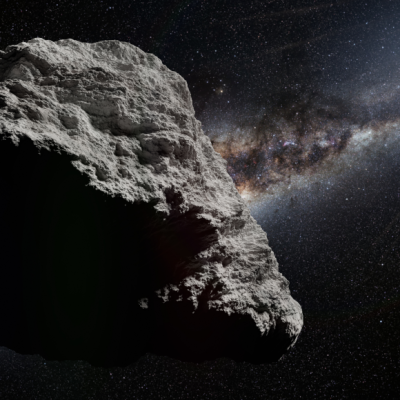NASA has launched its analog Mars mission, Crew Health and Performance Exploration Analog (Chapea), to simulate life on the Red Planet. The mission will last for 378 days and aims to gather insights that will help optimize a future manned mission to Mars. The simulated Mars environment, Mars Dune Alpha, was produced using a new 3D printing process and includes facilities such as a kitchen, private living quarters, two bathrooms, and medical, work, and recreation areas. The four-person crew will perform various tasks, including collecting geological samples, physical activity, personal hygiene, and health care, with minimal communication with their families and loved ones.
Several countries, including China and the United States, are planning manned missions to Mars in the coming years. China aims to launch its first manned mission in 2033, while NASA is racing to send an astronaut to the Red Planet as soon as possible. The Chapea mission is designed to replicate the living conditions on Mars as closely as possible, with the goal of gathering insights that will help prepare for a future manned mission. Grace Douglas, the head of the NASA investigation, said that the insights gained from the mission will help send people to Mars and bring them back safely.
The four-person crew of the Chapea mission includes a civil engineer, a scientist, an emergency physician, and a microbiologist. To gain an authentic picture of life on Mars, the team must deal with a variety of environmental challenges, including limited resources, periods of loneliness, and possible equipment failures. The mission is a crucial step towards realizing the dream of sending humans to Mars and exploring the mysteries of the Red Planet.










